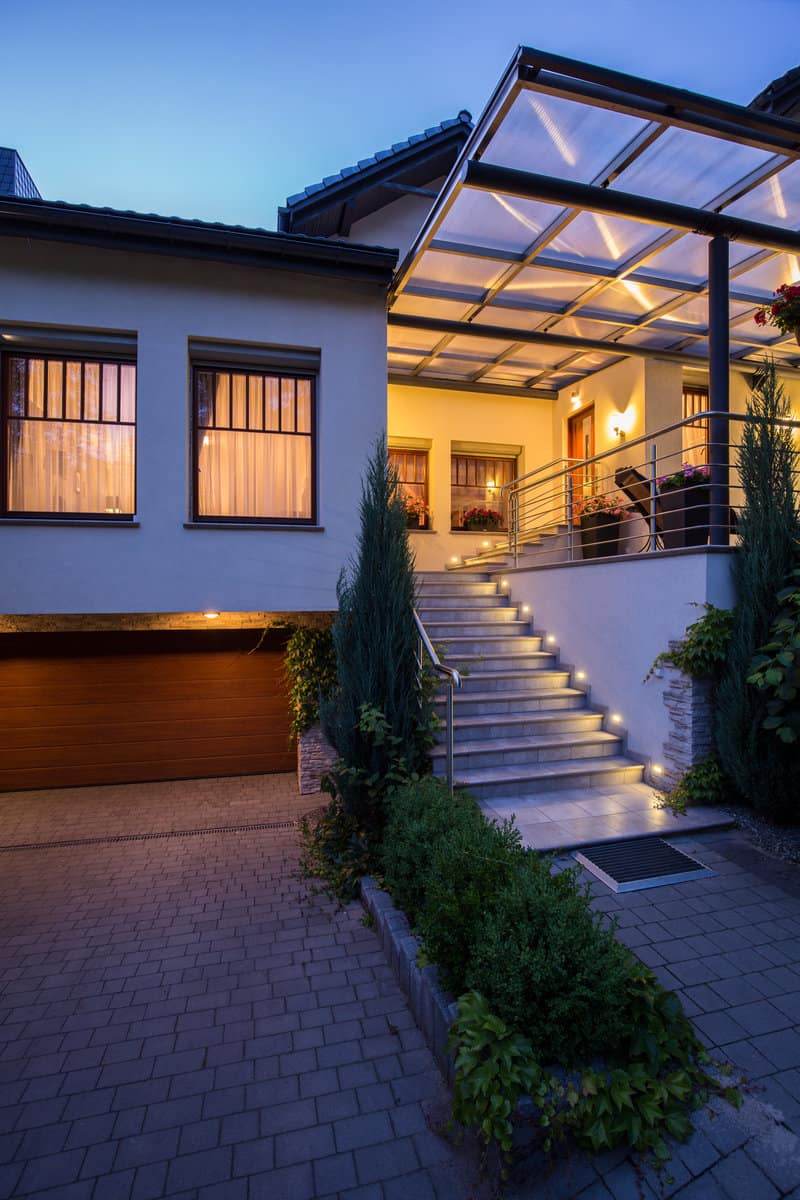CA Contractors #344056

One of the benefits of meeting with a professional landscape design team is they help you remember all the “little details” that don’t seem all that little when you’re reaping their benefits down the road. Outdoor lighting design is certainly one of those.
Aesthetics are typically the driving force behind any outdoor lighting plan. It’s understandable that your primary focus is building just the right useful hardscape features, as well as the most desirable plants, trees, and shrubs, to make your outdoor spaces as beautiful as possible. However, proactive outdoor lighting design takes all of that and doubles down, making your landscape as attractive and functional at night as it is during the day.
Here are some of the most notable benefits of designing outdoor lighting customized to your yards and outdoor living spaces.
Safety is always a #1 priority, especially at night, when occupants and guests alike are more prone to tripping and falling.
You’ll want to include attractive lighting features that call visual attention to:
Our mild, Bay Area climate allows us the luxury to enjoy our outdoor spaces year-round, and that includes the evening and later night hours. To do that, lighting design should accommodate nighttime activity and events – BBQs, family gatherings, game nights, star gazing, etc. If you have an outdoor kitchen, you’ll want to include task lighting and ambient lighting, just as you did in your interior kitchen’s design.
Elements to consider are:
Your landscape designer can walk you through the proposed plan, explaining which types of lighting they recommend, asking for input and feedback based on how your outdoor spaces are used most frequently at night.
Your exterior lighting plan also plays a role in home security. Lighting is a deterrent to burglars and vandals, but it can also interfere with existing security measures.
If you have an existing home security system that utilizes exterior cameras, it’s good to bring your security system company and landscape designer together so ensure lighting enhances, rather than detracts, from your current system. For example, you want to ensure current cameras aren’t blocked by a newly installed light, or that the brightness doesn’t interfere with camera visibility.
The team here at Bay Area Landscapes has decades of experience designing outdoor lighting plans customized to your landscape design and the way your household uses the outdoor spaces. Contact us to schedule your consultation.